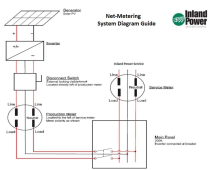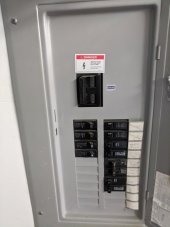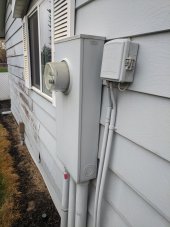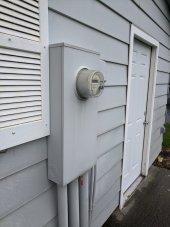The issue is that you can only backfeed 32A @ 240V into a 200A breaker panel. That comes from the NEC restrictions on multiple power inputs to the panel. You're correct, you will be supplying almost 200A from your PV system, which is why you need to avoid backfeeding your panel and will need to use a line tap. The line tap sits between the electric meter and your service panel, so it does not backfeed through the panel. I don't understand how large a line tap can be as a function of the size of the service entrance cables that the power company runs to your house. Hopefully someone on the forum knows that, or you could ask the utility company. Have they assigned an engineer to your project? When we moved our electric service the utility company assigned an engineer that really did a nice job finding the easiest way to do things and clearly explained what they were going to do.









